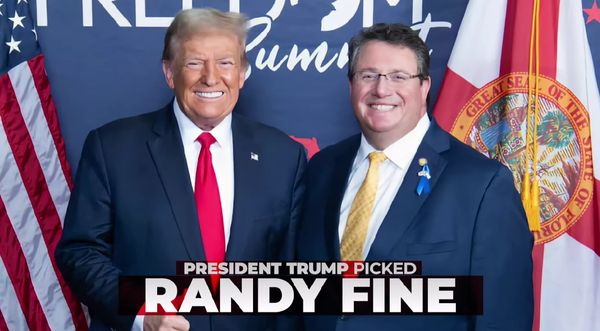
Good morning, Peter Vanham here in Paris, filling in for Alan.
In the U.S., A.I. leaders nowadays are warning Washington to regulate the technology before it will “destroy humanity.” But in Paris, French President Emmanuel Macron is urging French A.I. startups to catch up to their American and Chinese peers rather than threatening to regulate or tax them. “We’re going to invest like crazy [in A.I.],” he said at Vivatech, a large tech summit I attended here yesterday.
One of the entrepreneurs who shared the stage with Macron likely relished that message. Arthur Mensch co-founded Mistral AI, the four-week-old French startup that raised $113 million earlier this week despite having few employees, much less any products in development. With Macron’s nod of approval and its three “A.I. expert” co-founders, Mistral AI seems destined for a significant role in France’s nascent A.I. industry.
The speed at which A.I. companies like OpenAI and Mistral announce either massive new funding rounds or breakthroughs contrasts another industry on everyone’s mind: The green energy ecosystem.
In two separate sessions I moderated at Vivatech yesterday, scientists and executives talked up the promise of two much-hyped technologies—nuclear fusion and hydrogen—but pointed to a pace of advancement that's far slower than that of generative A.I.
Take nuclear fusion. Kim Budil, the director of Lawrence Livermore National Laboratory in California, told me of her lab’s historical breakthrough late last year: for the first time ever, they achieved “energy gain” from nuclear fusion. It took 60 years, billions of dollars in annual public funding, and the work of 8,000 scientists. And Budil admits a commercial application is at least 20 years down the road and will require billions more in private and public money.
Hydrogen, another promising low carbon technology, is further ahead yet just as far away from reaching its full promise. The founders and executives I spoke to talked up hydrogen’s potential in decarbonizing hard-to-abate industries like steel production, heavy-duty transport, and aviation, but say the sector still needs billions of dollars in government support to get there given the gap between supply and demand.
The bottom line? A.I. and the green transition stand a good chance of being the two key drivers of the world’s next “industrial revolution.” But as crucial as they may be(come), we would do well to also remember Amara’s Law: we tend to “overestimate the impact of technology in the short-term and underestimate the effect in the long run.”
More news below.
Peter Vanham
peter.vanham@fortune.com
@petervanham







